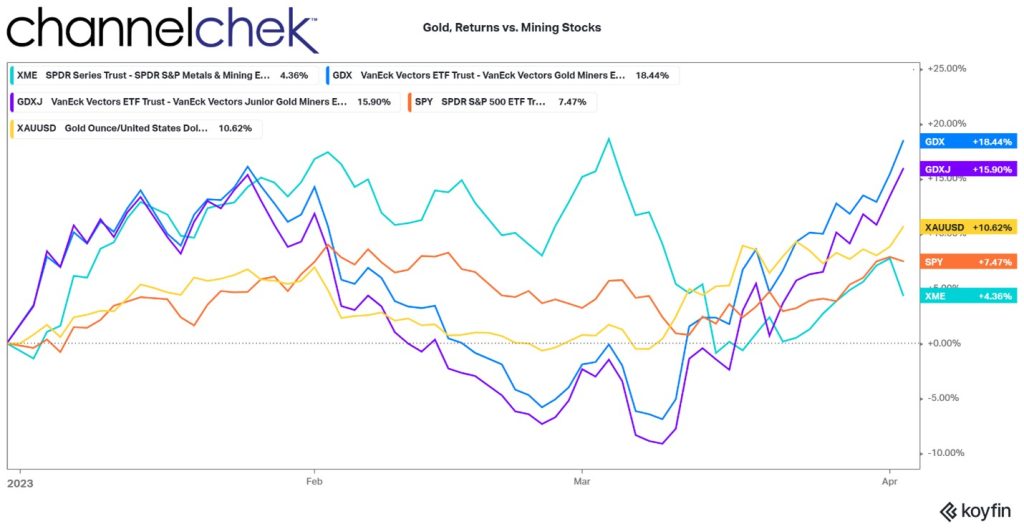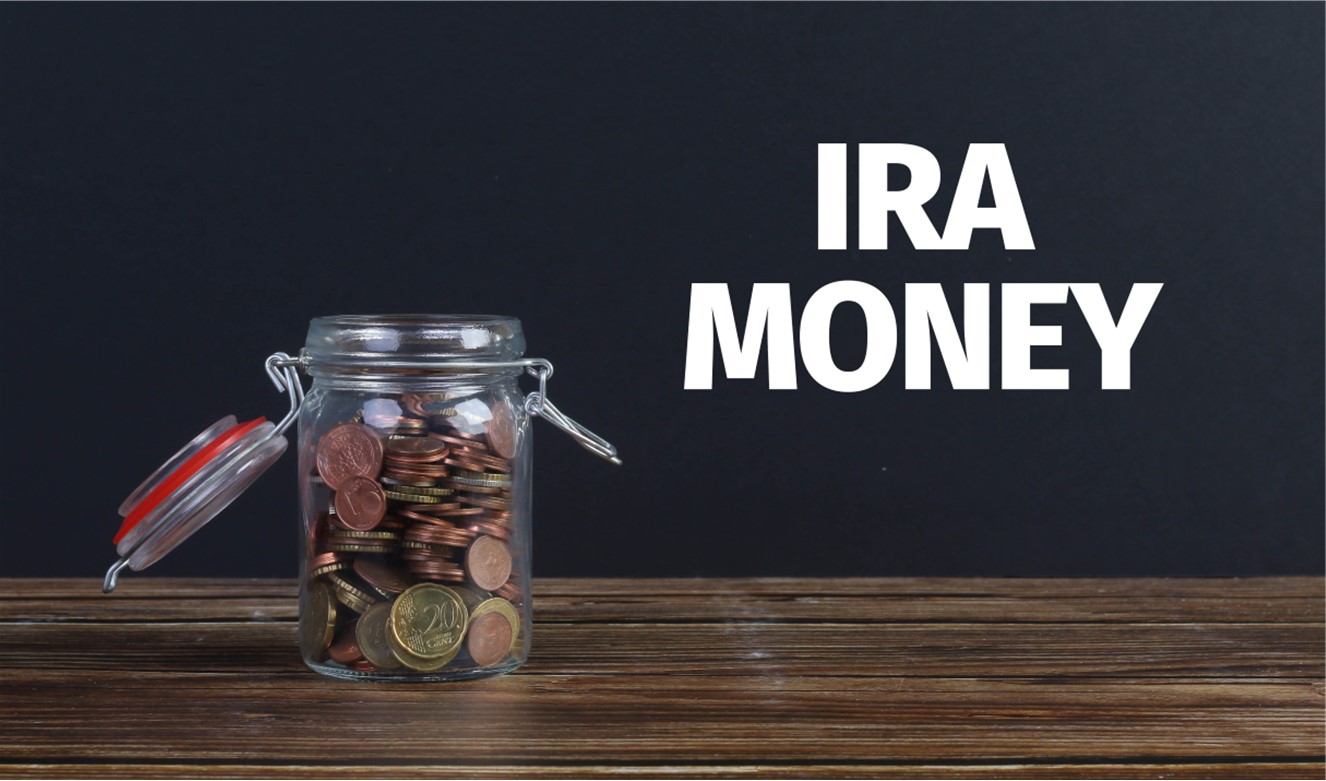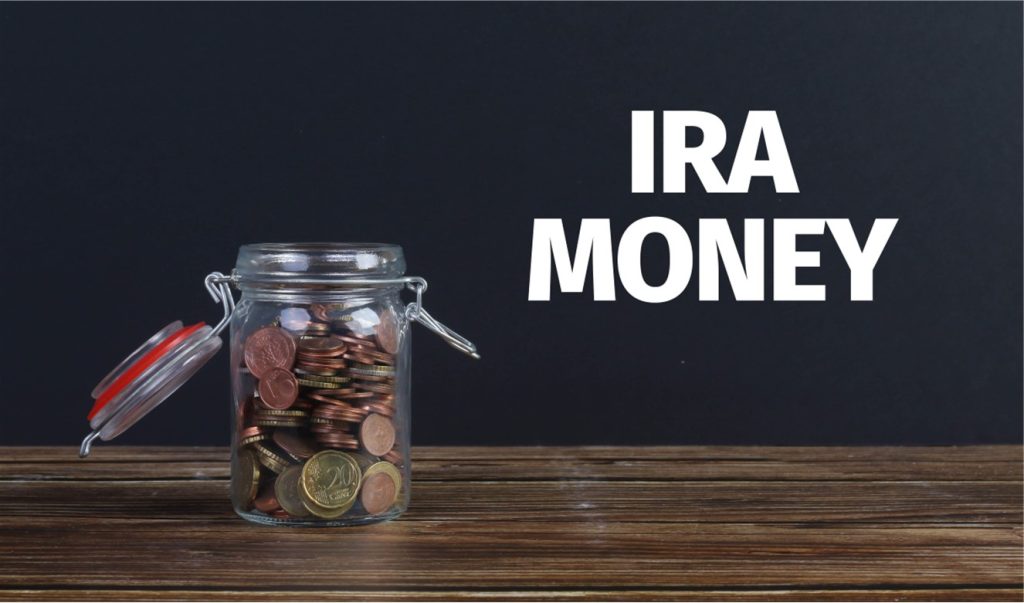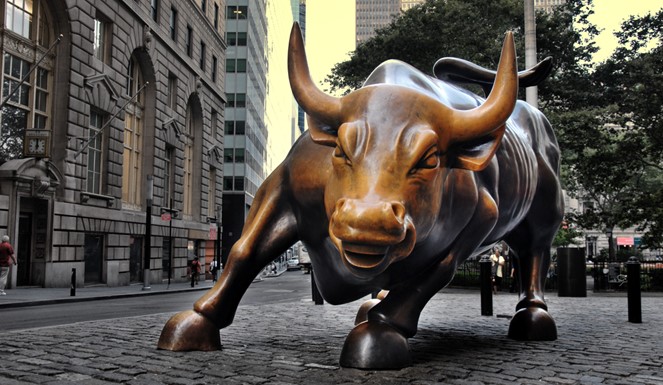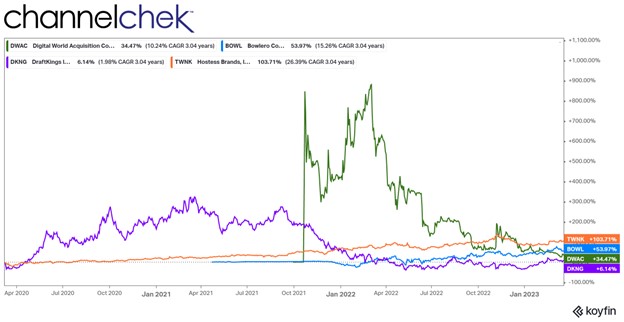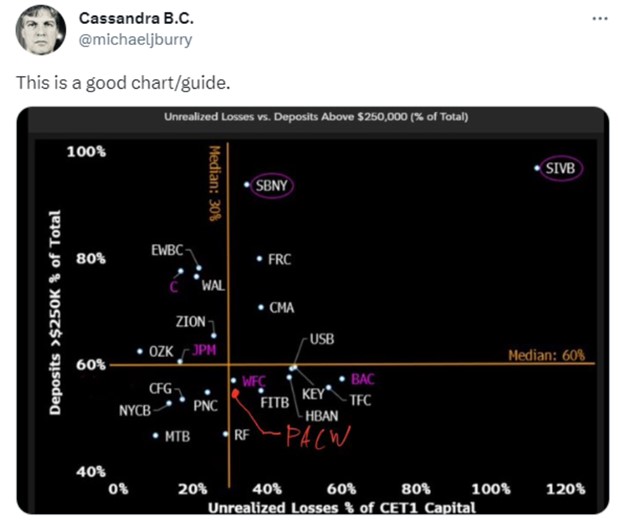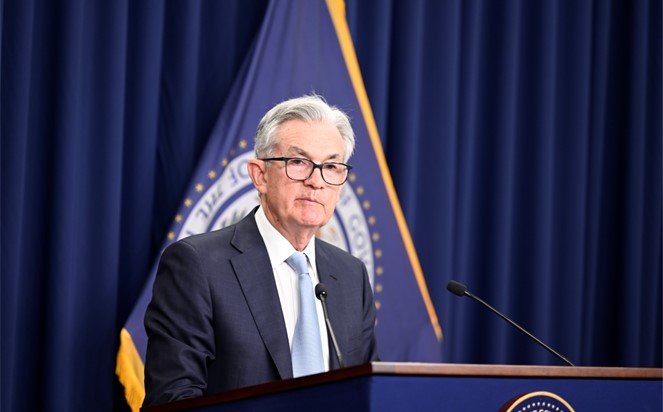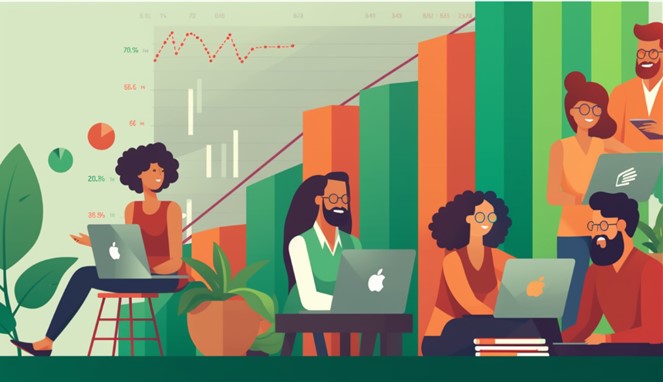
Why Aggregate Portfolio Return is More Important than Any Single Holding
Have you ever agonized over a stock in your portfolio that is not performing as you had hoped? While it’s the nature of investing to not bat 1000, it can be hard not to think of the decision to have bought it as a mistake. It probably isn’t. Here is a better way to look at it that uses a recent example (June 1, 2023).
On the first day of June, investors in the Nasdaq 100 (NDX) found themselves up 1.17%. That’s a decent run in one day, and since they are focused on the indexed fund that they are invested in as one investment (not 100), they are content and confident.
But what if they owned the underlying 100 stocks in the fund instead? They might be kicking themselves for having bought Lucid (LCID), or 22 other holdings that are down. Using Lucid as an example, it is lower by 15.6% (June 1); the day before it closed at $7.76, and it is only worth $6.55 today.
Ouch? Or no big deal?
The overall blend of the portfolio is up, yet at the same time, 23 holdings are down – no big deal – this is the way portfolio investing works. In fact ten of the stocks in the NDX declined by more than the 1.17% the overall portfolio is up. Most index fund investors just look at one number and don’t look under the hood for reasons to feel remorse (or glee).
Aggregate Return
There are many reasons investors, even professional financial advisors, avoid building a portfolio with individual stocks, but choose index funds. One is not taking responsibility. If you own, or if an investment manager buys a mix of stocks that are in total up a respectable amount, yet some are underperformers, laggards and drags on the overall portfolio performance, there is a feeling of responsibility for the holdings that are down, the dollar amount lost, and the drag on return that is staring them in the face possibly causing sleepless nights.
On this one day, almost 25% of the Nasdaq 100 was down while the index was up 1.17%. The biggest gainer, PDD Holdings (PDD), is only up by half the percentage of LCID’s is selloff. Yet those looking at the aggregate return and not individual return are feeling mighty good about themselves. And that’s good.
If you hold a portfolio of stocks and did your research, whether it be fundamental analysis, technical analysis, industry trends, etc., and understand why every stock is in your portfolio, you could easily be better off if you learn not to agonize over losers. The returns in most of the last five years in index funds have come because of the weighting of the stocks that have gained, not by having more winners. It has become normal for an index that is up on the year to have been carried by just a dozen or so stocks that are in the mix.
Don’t Undermine Your Portfolio
Investors can negatively impact their performance by focusing too much on one stock. When this happens, they can make bad decisions, some of these decisions might be pain-related, others ego, either way, rational decisions are based on investment probabilities, not human emotions, or overthinking; these can ruin good decisions that would have led to improved returns.
Other investors undermine their portfolio differently, by not wanting the responsibility. They buy the index, and they are done – its out of their hands. If average returns are their goal, they’ve succeeded. Or if they are a financial professional and separating themselves from responsibility is the objective, index funds allow them to blame “the market”; it isn’t their fault – they have succeeded.
If an investor can overcome both of these, they can manage their own holdings and be as or more content than an index fund investor. If they follow good portfolio management strategies including, diversification, analysis, research, etc., and then mainly focus on aggregate return, they can make bette decisions and lose less sleep. Individual stocks don’t matter as much when you are purposeful when choosing holdings. Most large indexed funds aren’t purposeful, they aren’t intended to be investments, there makeup is formulaic and meant to mimic the market, not provide stellar returns.
Take Away
No investor bats 1000. Even top portfolios may have more losers than winners, the key is to have bigger winners and not overreact or over focus on a few holdings. For investors, a portfolio of individual companies can lead to more mental highs and lows as each stock is a personal decision with great expectations. Avoid this by thinking differently. If those one or two stocks don’t perform as expected, think of all the down stocks in all the index funds that the owners aren’t even paying attention to. All these investors are looking at is one number, aggregate return on all the holdings. Maybe you should too.
Managing Editor, Channelchek
Source









